
DEPARTMENTS
The National Art School offers six core practical disciplines – Ceramics, Drawing, Painting, Photomedia, Printmaking and Sculpture – as well as Art History & Theory.

Drawing
Throughout the Bachelor of Fine Art (BFA) Undergraduate degree, at least one day a week is devoted to Drawing as a core subject, alongside other subjects. Students are guided in a broad range of contemporary and traditional ideas and skills to support and develop their personal visual language. Our comprehensive and innovative program spans the studio conventions of life drawing, through to expanded ideas of drawing that challenge traditional boundaries. Explorations range through figuration, abstraction, installation and performance to new media and animation. At Master of Fine Art (MFA) Postgraduate level, Drawing is offered as a Studio Major subject where student-initiated studio practice is supported by our dynamic team of artists and drawing specialists.
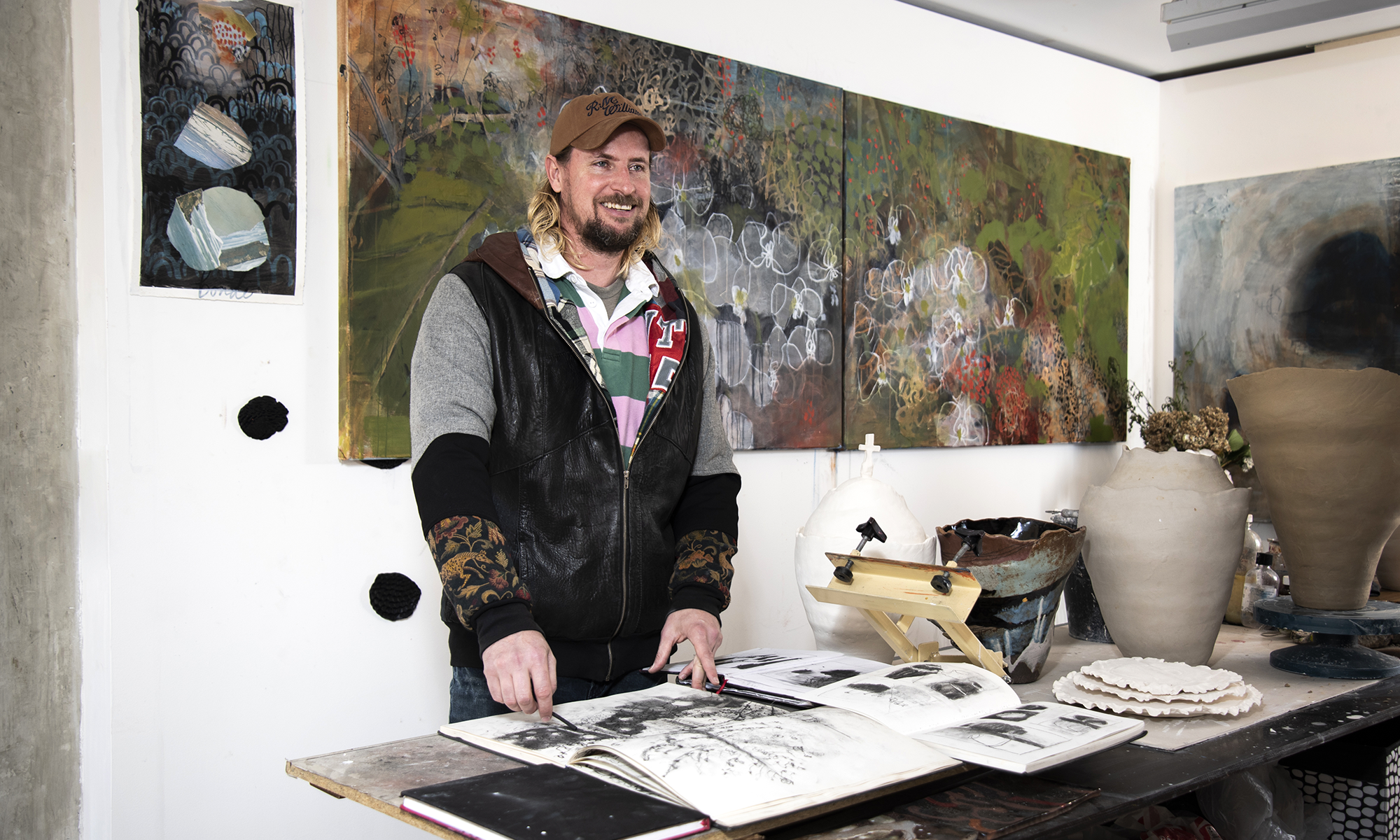

Art History & Theory
Art History & Theory is a BFA core subject. First year introduces a variety of visual traditions from Australia, Asia, Oceania and Europe, spanning First Peoples culture and the ancient world to the early 19th century. Second year builds on this foundation with a comprehensive study of modernity from Realism to Conceptualism. Third year examines themes and concepts in contemporary art from the late 1960s to the present. An extensive elective program offers a range of subjects, including Australian Indigenous art, contemporary art in China and Japan, post- and de-colonial Australian art, post-Internet art, European art cinema, Surrealism, the Enlightenment, material culture, ecology and performance.
Ceramics
To work creatively with clay in the contemporary age is to engage with the elements of earth/Country, fire, air and water, in combination with intellectual and practical skills. The hands-on emphasis of the Ceramics program encourages students to explore and develop a wide range of skills and technical knowledge across the material spectrum from raku to porcelain, and from story-telling objects and vessels to large-scale sculptures and ephemeral assemblages. The NAS Ceramics studios and workshops are among the best equipped in Australia and provide an ideal environment in which individual student learning is nurtured through the development of studio-led practice, professional exhibition practice and current interdisciplinary research.
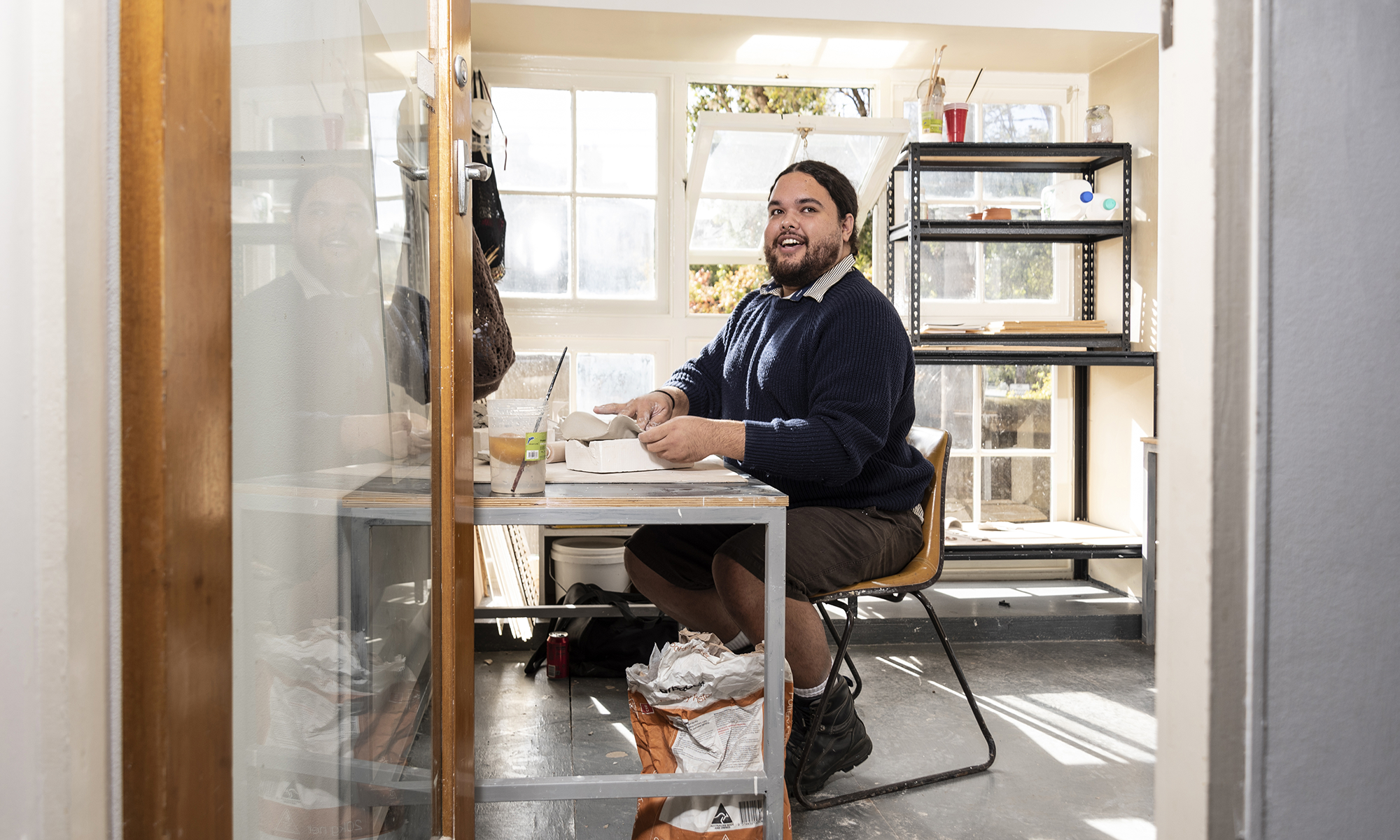

Painting
Student development is encouraged through experimentation and innovation in studio practice, based on a solid studio foundation and understanding of historical traditions and more recent developments within painting. BFA first year provides an engaging introduction to the materials, techniques and development of visual literacy, colour, tone and composition. Second year engages students in a closer study of painting through historic and contemporary movements and artists, and the exploration of an extended range of subject and pictorial concerns. Third year extends independent practice to accommodate each student’s development, focussing on individual processes, conceptual approaches, material interests and working methodologies. An informed knowledge of all aspects of the creative process is fundamental to a broader appreciation of the role, function and diversification of contemporary painting.
Photomedia
The BFA program introduces students to all aspects of photographic processes across traditional analogue camera and darkroom techniques and contemporary photographic processes using Photoshop, as well as exploring moving image and emerging digital approaches. Study is integrated with studio demonstrations, tutorials, critiques and excursions to relevant exhibitions to provide scope and contextual depth to students’ creative experience. Students are encouraged to broaden their technical skills and understanding of photographic history and theories as they explore the medium. As students’ progress, increasing emphasis is placed on individual experimentation and investigation to encourage individual artistic development, creative confidence and critical awareness. All students have individual computer workstations and access to a well-equipped lighting studio, high-end digital imaging and editing lab, printing and scanning facilities, plus the on-campus professional Print Lab.
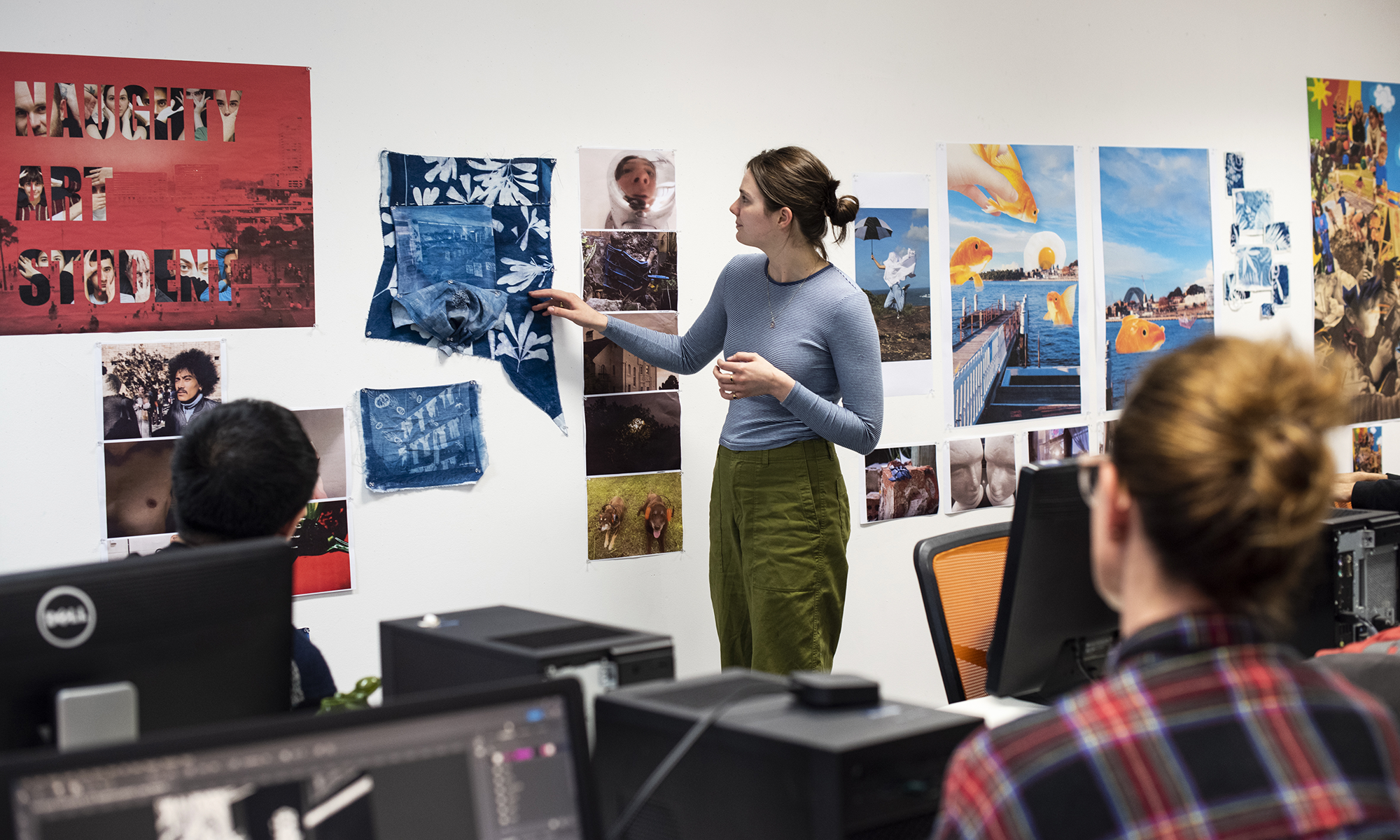
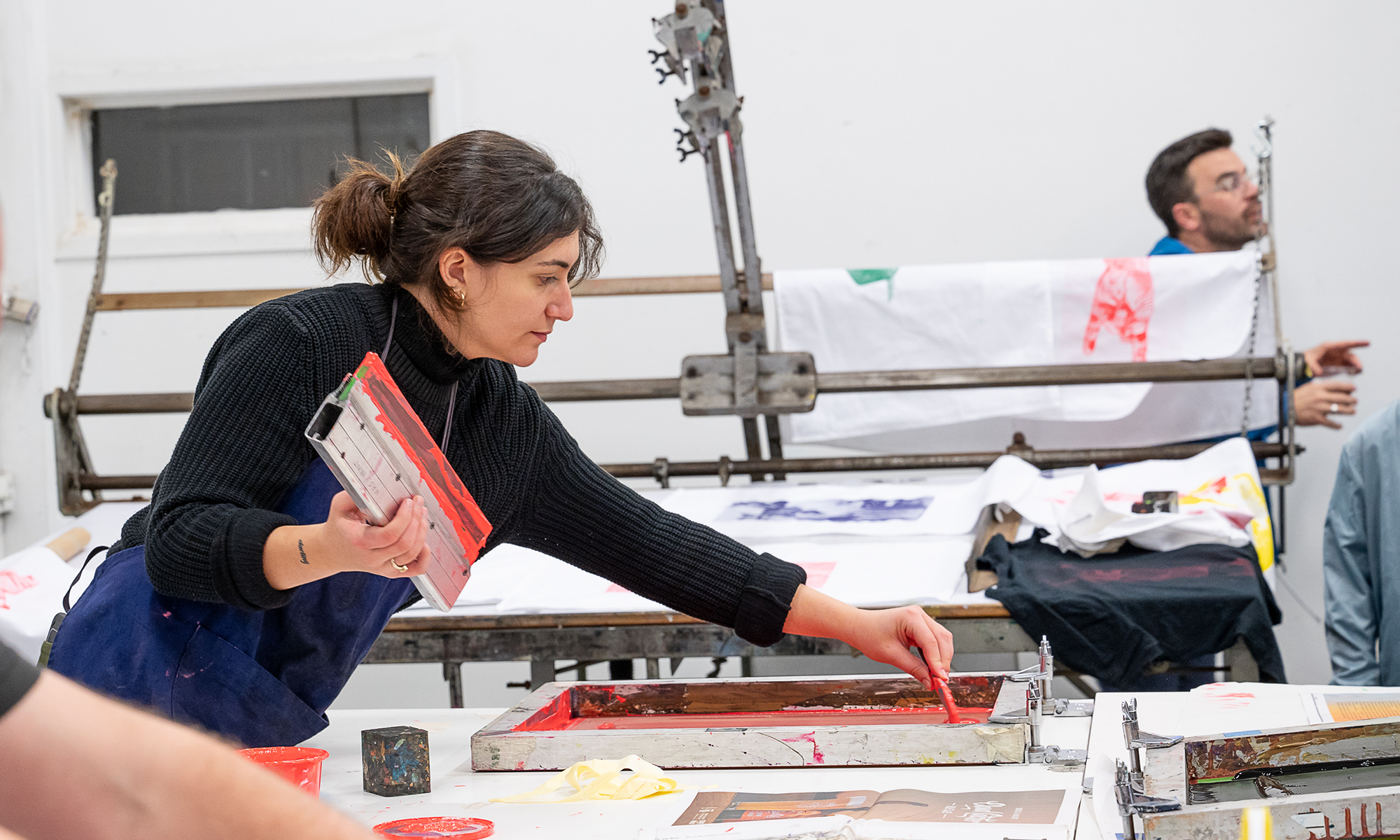
Printmaking
The BFA course covers the full range of processes including relief, intaglio, screen-printing, lithography and digital in our extensive printmaking studios. Working with a variety of media and approaches, students generate a wide range of artwork from images to objects and digital artefacts, including multiples, artist’s books, installations, 3D prints, stop-motion videos and traditional prints. The course combines technical instruction and critical discourse to direct students toward the discovery of a personal visual language.
Sculpture
This energetic hands-on program provides students with conceptual and technical approaches to sculptural practice. In the first two years of study, students gain experience in modelling, casting, carving; construction in various materials including steel, wood and textiles; and installation and site-responsive practice. In their final BFA year, students undertake self-directed projects that nurture development of individual interests and sensibilities. All projects are informed by a depth of historical and contemporary art references, and the development of an expanded sculptural sensibility is nurtured through rigorous critical engagement.
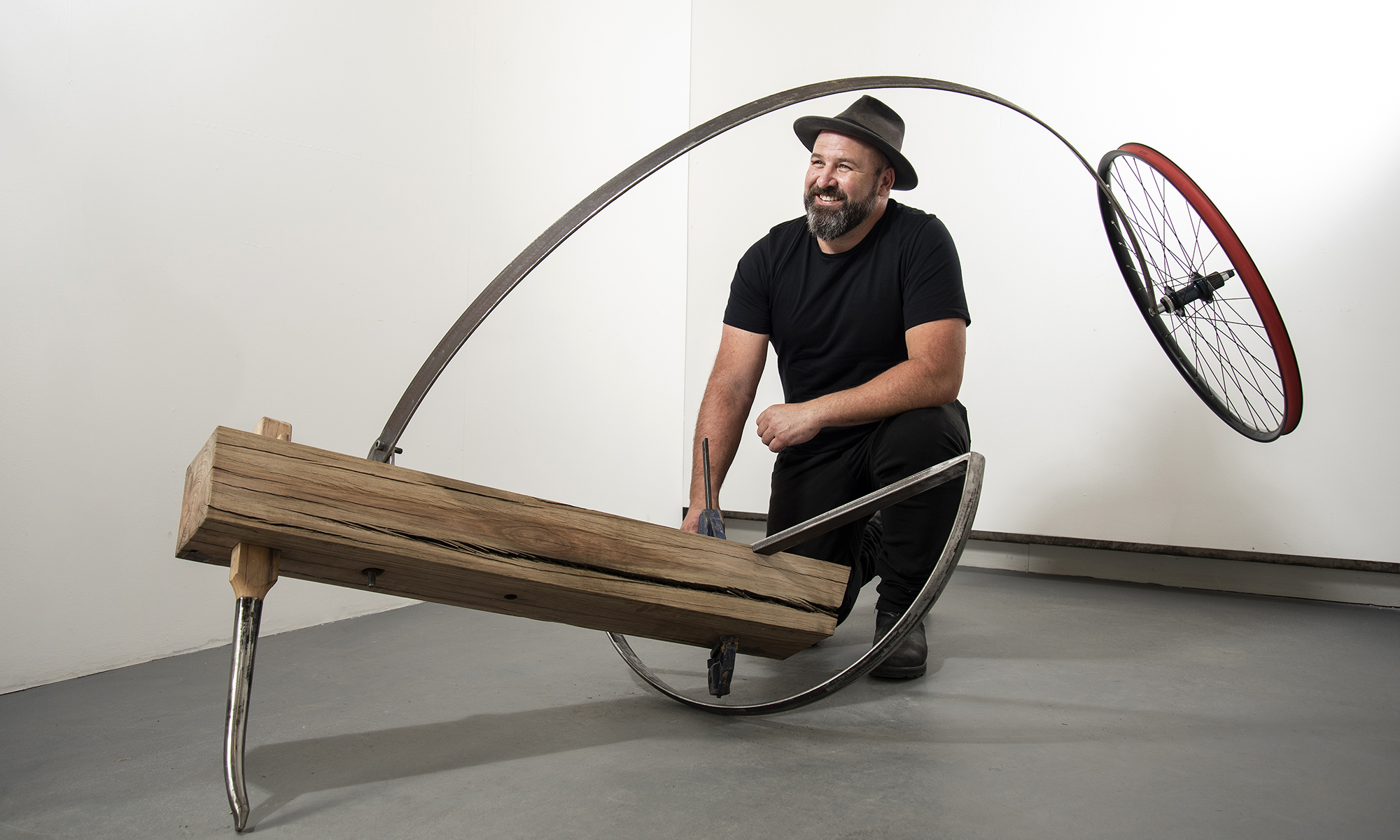

Professional Studies
Professional Studies seminars are offered during the final BFA year in direct preparation for life in the field following graduation. These develop knowledge and awareness of issues across the contemporary professional art industry, such as basic business principles and legal issues around visual arts practice. Students learn how to identify project funding, prepare applications, plan for project delivery and make the most of professional opportunities including grants and residencies. They also gain an important understanding of the primary art market including various gallery systems and curatorial models.


